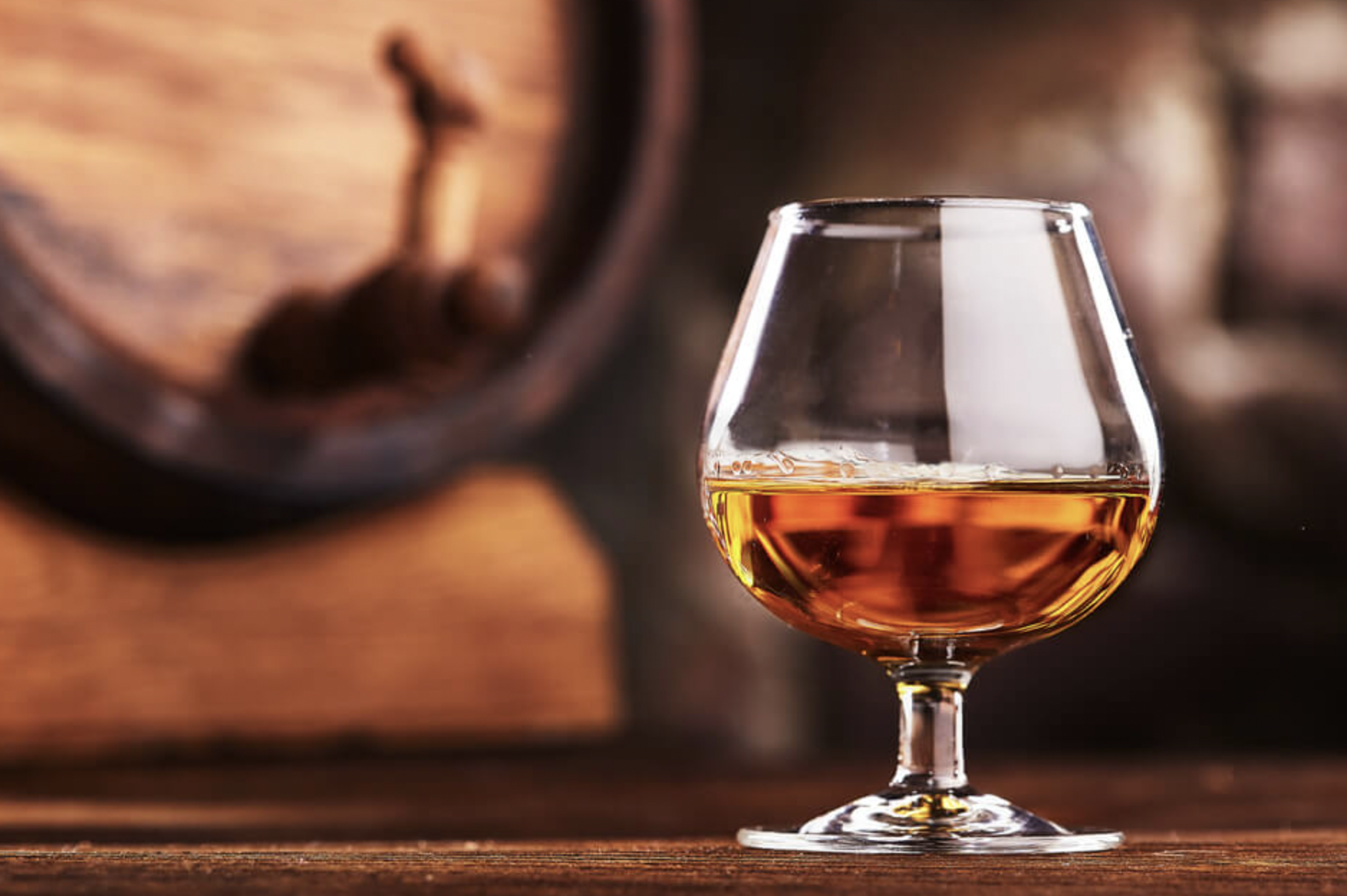When it comes to spirits, few captivate the senses and evoke a sense of refinement like brandy and bourbon. While they belong to different categories, brandy and bourbon share a rich history and offer unique flavor profiles. In this extensive blog post, we’ll explore the characteristics, production methods, aging processes, and cultural significance of brandy and bourbon, allowing you to understand and appreciate these two captivating spirits.
Origins and Distillation:
Brandy: Brandy traces its roots back to the 12th century, originating in the wine regions of France. It is made by distilling fermented fruit juice or wine, such as grapes, apples, or pears. The distillation process concentrates the alcohol and flavors from the base fruit, resulting in a potent and aromatic spirit.
Bourbon: Bourbon, on the other hand, is a distinctly American spirit. Its history can be traced back to the late 18th century, primarily in Kentucky. Bourbon is a type of whiskey made primarily from corn (at least 51% of the mash bill) and aged in charred oak barrels. The unique combination of grains, including corn, barley, rye, or wheat, gives bourbon its characteristic flavor profile.
Flavor Profile and Aging:
Brandy: Brandy offers a wide range of flavors depending on the base fruit used and the aging process. Generally, brandies exhibit rich and complex profiles with notes of fruit, spices, and oak. The aging process in wooden barrels enhances the spirit’s flavors, adding depth and smoothness over time.
Bourbon: Bourbon showcases a distinct flavor profile characterized by sweet corn notes, vanilla, caramel, and oak. The aging process in new, charred oak barrels contributes to the spirit’s color, richness, and the infusion of flavors from the wood, such as caramel, toffee, and spice. Unlike brandy, bourbon has a minimum aging requirement of two years, although many premium expressions are aged for much longer.
Production and Regulations:
Brandy: Brandy production involves fermenting the base fruit or fruit juice, distilling it, and then aging it in oak barrels. Various countries have specific regulations and classifications for brandy, such as Cognac and Armagnac from France, which have strict production methods and geographic designations.
Bourbon: Bourbon production requires adherence to specific regulations to be labeled as bourbon. It must be made in the United States, contain a minimum of 51% corn in the mash bill, and be aged in new, charred oak barrels. Additionally, bourbon must be distilled to no more than 160 proof and entered into the barrel for aging at no more than 125 proof.
Cultural Significance:
Brandy: Brandy has a longstanding cultural significance, particularly in European countries like France and Spain. It is often associated with elegance, sophistication, and a celebratory drink. Brandy is enjoyed neat, in cocktails like the classic Sidecar, or used as a flavor-enhancing ingredient in cooking and baking.
Bourbon: Bourbon holds a special place in American history and culture. It has become deeply intertwined with Kentucky’s identity, known as the birthplace of bourbon. Bourbon is celebrated for its rich heritage, being enjoyed straight, in cocktails like the timeless Old Fashioned or Mint Julep, and as a key ingredient in Southern-inspired cuisine.
Drinking Experience and Pairings:
Brandy: Brandy is savored for its complex flavors and smooth mouthfeel. It is often enjoyed neat or on the rocks to fully appreciate its nuanced character. Brandy pairs well with dark chocolate, cheeses, and desserts, and is commonly used as a base spirit in classic cocktails like the Brandy Alexander or Sidecar.
Bourbon: Bourbon offers a robust and flavorful drinking experience. It can be enjoyed neat, with a splash of water, or in a variety of classic and modern bourbon-based cocktails. Bourbon pairs excellently with smoked or grilled meats, caramelized desserts, and complements the flavors of nuts and dark chocolate.
Conclusion:
In the world of spirits, brandy and bourbon stand as distinctive and cherished libations. Brandy entices with its fruit-forward profiles and European heritage, while bourbon showcases its American roots and corn-based sweetness. Understanding the production methods, flavor profiles, aging processes, and cultural significance of these spirits enhances the appreciation for their complexity and craftsmanship.
Whether you prefer the refined elegance of brandy or the bold flavors of bourbon, both spirits offer a delightful journey for the palate and a touch of sophistication to any occasion. So raise your glass and savor the remarkable flavors that brandy and bourbon bring to the world of spirits. Cheers!
